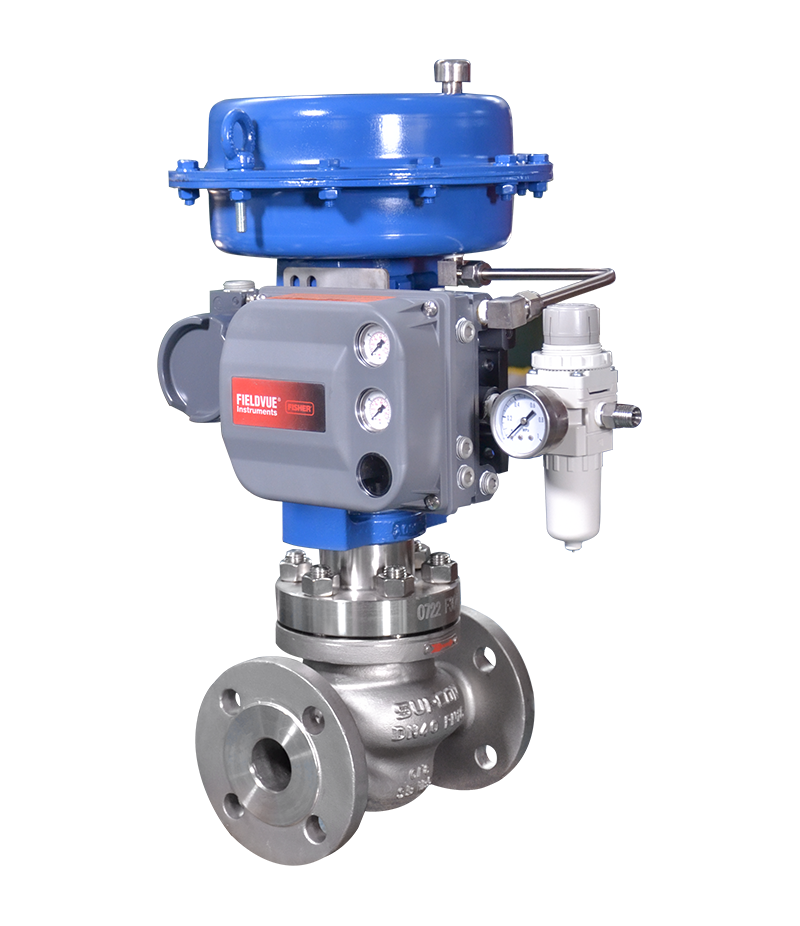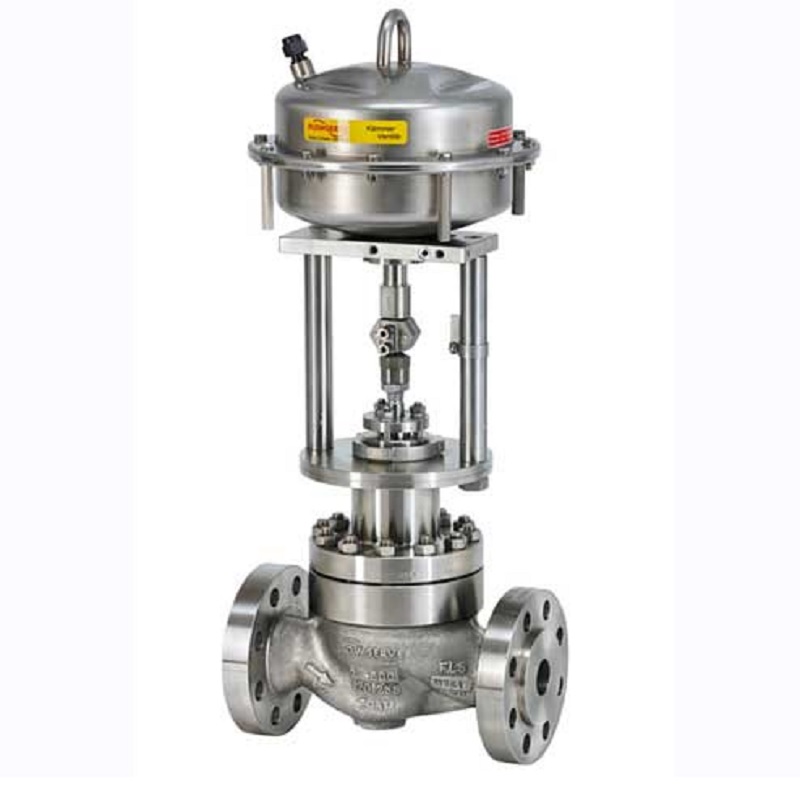Comprehending the Relevance of Control Valves in Process Automation
Comprehending the Relevance of Control Valves in Process Automation
Blog Article

Maximize Energy Savings and Comfort With Advanced Building Automation Controls
In the world of contemporary design and facility monitoring, the combination of advanced structure automation regulates stands as a critical development. The convergence of modern technology and sustainability has birthed a new period where energy efficiency, convenience optimization, and operational streamlining are no longer obtainable realities however distant ambitions. By taking advantage of the power of automation, buildings can adjust, respond, and advance in methods that were as soon as unthinkable. The potential for considerable power cost savings and enhanced convenience is not just a promise yet a possibility waiting to be met. This standard change in building monitoring holds the key to opening a globe where environmental conscientiousness and owner well-being harmoniously exist together within the wall surfaces of our structures.
Energy Effectiveness Benefits
Energy effectiveness advantages can considerably lower energy intake and operational expenses in structures. By executing energy-efficient techniques and technologies, building proprietors and operators can accomplish substantial cost savings while additionally contributing to environmental sustainability. Among the main benefits of enhancing power efficiency in buildings is the decrease of utility bills. Energy-efficient systems, such as innovative structure automation controls, can maximize making use of sources like lights, home heating, and air conditioning, leading to reduced energy expenses over time.
Furthermore, boosted power efficiency can extend the life expectancy of structure tools and systems. By running much more successfully, a/c systems, light, and various other structure elements experience much less deterioration, resulting in lowered maintenance and substitute expenses. Additionally, energy-efficient structures usually command greater home values and rental rates, providing long-lasting financial benefits to proprietors.
Additionally, power effectiveness can boost passenger convenience and efficiency. Properly managed indoor settings with ideal illumination and thermal conditions develop an even more favorable and pleasant workspace, resulting in improved employee fulfillment and efficiency. In general, the power efficiency benefits connected with innovative building automation controls are diverse, including cost savings, ecological stewardship, and occupant wellness.
Boosted Convenience Control
Enhancing convenience control in building environments calls for an innovative assimilation of sophisticated automation systems for ideal occupant health. By using sophisticated building automation controls, facilities can tailor the interior atmosphere to meet the details requirements and preferences of occupants. control valves.
By including these sophisticated controls, buildings can not just enhance comfort yet additionally boost power performance by optimizing system procedures based on real tenancy and usage patterns. Eventually, focusing on resident convenience via sophisticated automation systems leads to an extra pleasurable and much healthier indoor atmosphere.
Operational Effectiveness Improvements

Furthermore, the execution of get redirected here real-time tracking and analytics tools allows building drivers to identify power ineffectiveness and functional anomalies without delay. By constantly keeping an eye on energy use blog patterns and system performance metrics, changes can be made in real-time to optimize power consumption and make sure peak operational performance. control valves. Additionally, integrating demand action strategies into structure automation controls can further improve functional efficiency by dynamically changing power usage based on grid problems and rates signals
Indoor Climate Optimization
Reliable indoor climate optimization is a basic aspect of structure automation controls, guaranteeing owners' convenience and wellness while optimizing power savings. By using innovative sensing units and controls, building automation systems can constantly adjust and keep track of temperature, moisture degrees, air top quality, and air flow to develop an optimal indoor environment. Maintaining constant and comfortable conditions not only enhances resident satisfaction however likewise enhances performance and total health.
Interior environment optimization likewise plays a crucial role in power performance. By fine-tuning ventilation, cooling, and heating systems based on real-time data and occupancy patterns, building automation controls can considerably reduce power intake - control valves. Executing strategies such as demand-controlled air flow and thermal zoning can help decrease energy waste while ensuring that each location of the building obtains the required conditioning.

Sustainable Atmosphere Creation
Structure automation controls not just enhance interior climate problems for energy performance and resident comfort however additionally lay the structure for producing a lasting atmosphere via calculated monitoring of sources and systems. By integrating innovative structure automation technologies, such as sensing units, actuators, and smart software, centers can adjust and check energy use in real-time to reduce waste and lower their carbon footprint. These systems make it possible for predictive upkeep, determining prospective issues prior to they rise and enhancing tools efficiency to improve long life and efficiency.
In addition, sustainable atmosphere production expands past energy monitoring to incorporate water preservation, waste reduction, and indoor air quality improvement. Building automation controls can regulate water usage, my latest blog post discover leakages, and make sure correct garbage disposal techniques, adding to total sustainability initiatives. In addition, by controlling and monitoring air flow and purification systems, these modern technologies boost owner health and performance while decreasing power intake associated with HVAC procedures.
Final Thought
Finally, progressed structure automation regulates deal substantial advantages in terms of energy savings, comfort control, operational performance, indoor environment optimization, and producing a sustainable atmosphere. By implementing these controls, structures can accomplish ideal performance while lowering power consumption and boosting passenger comfort. It is evident that the usage of sophisticated automation technology is essential in boosting structure performance and producing a much more lasting future.
Energy efficiency advantages can substantially decrease power usage and operational prices in buildings. In general, the energy efficiency advantages associated with advanced structure automation controls are multifaceted, including cost financial savings, environmental stewardship, and passenger well-being.
In addition, including need response techniques into building automation controls can even more improve operational effectiveness by dynamically changing energy usage based on grid problems and rates signals.
Structure automation manages not only enhance interior environment problems for energy effectiveness and resident comfort but also lay the structure for developing a lasting atmosphere with tactical management of systems and sources.In verdict, progressed building automation controls offer substantial advantages in terms of energy savings, convenience control, functional efficiency, interior environment optimization, and producing a sustainable setting.
Report this page